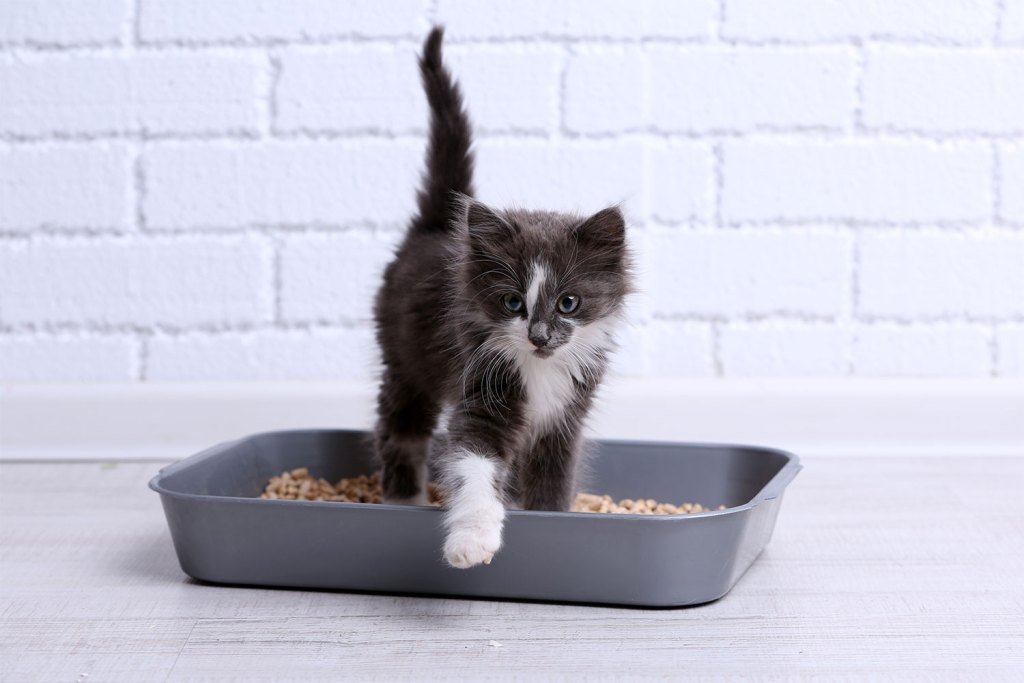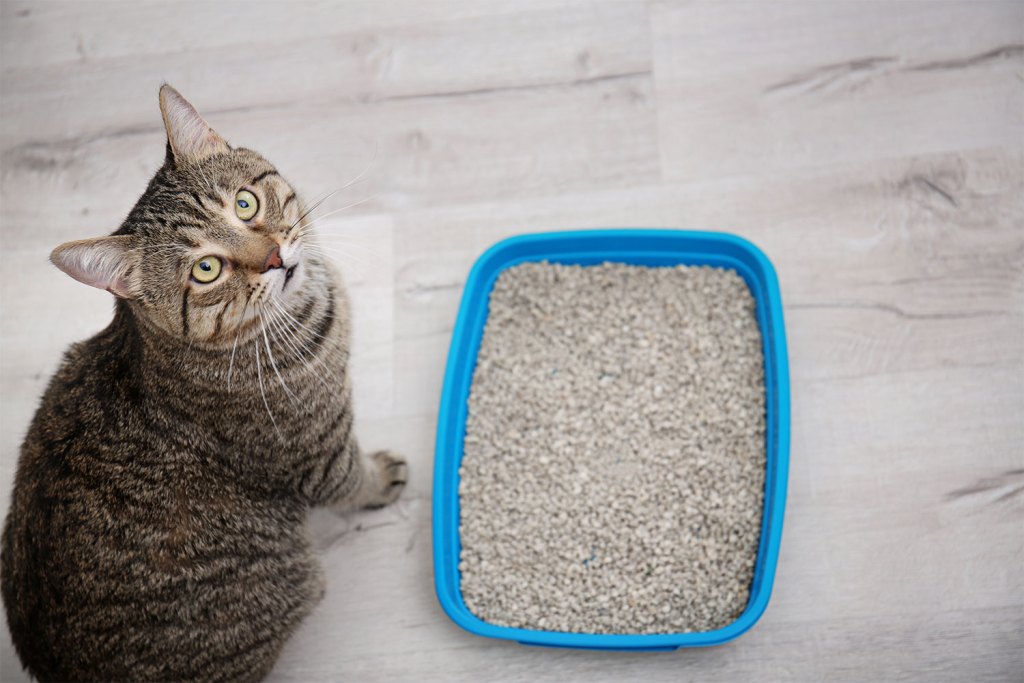If you are interested in saving money, protecting the environment, and promoting both human and feline health, DIY cat litter just might be right for you. There are many sustainable alternatives to commercial cat litter products. We will go over the advantages and disadvantages here so you can make an informed decision.
Main advantages of DIY cat litter
Making your own cat litter can offer some key benefits:
- Lower costs
- Greater sustainability
- Increased safety for you and your fur baby
Cat litter is the type of product that lends itself to repeat purchasing. As a result, your costs are pretty fixed. There are many different price points for cat litter, but outside of it being on sale, you’re probably spending a large chunk of change on a commercial product over your own DIY kitty litter.

We believe investing in the right products and services means everything when providing for our families. That said, when you can lower your monthly expenses and protect the environment, that’s a win for everyone. The truth is, many cat litter products contain contaminants that we don’t need in our water supply. Flushing litter down the toilet may seem quick and easy, but it pollutes the environment. Even throwing away dirty cat litter can have a negative impact on the environment through runoff and drainage.
Some clay-containing cat litters have been found somewhat toxic for both animals and humans. Carcinogens are not something you want in your home. Nonetheless, many commercial products – including cat litter — contain them. By choosing to create your own cat litter, you can actually protect those in your home from experiencing increased allergies and asthmatic symptoms.
Finally, many people love making their own products so they are in greater control of their home environment. This spirit of self-reliance can help you save money, be healthier, and make smarter choices for yourself, your partner, your pets, and your children.

Disadvantages of DIY kitty litter
So, as amazing as DIY home products can be, they are often not as quick or simple as their commercial competitors. Cat litter is no different. Producing your own kitty litter requires more effort, thought, and possibly expense than simply going to the store and purchasing a trusted brand.
- Some materials used to make DIY cat litter, such as newspaper, require you to have access to large quantities of it. If you are reading the New York Times, LA Weekly, and Washington Post on a weekly basis, having enough paper might work; if not, it could be hard to find as much as you will need.
- You might be used to commercial kitty litter that reduces odors and create clumps that are easier to pick up. These benefits aren’t usually reproducible in homemade litter. So, while you might enjoy some aspects of DIY litter, you might miss some of the best things about the commercial products you already know and trust.
- Making your own cat litter requires some experimentation. There are various materials and formulas that you can try. If this is something you enjoy, great; if not, you might want to reconsider. You’ve likely found certain consumer products have their pluses and minuses. The same can be said about DIY cat litter solutions.
How to make homemade cat litter out of paper
This DIY cat litter can save you from having to muscle heavy bags of litter in from your car. It can also be a cheaper alternative to traditional litter since you can make it with materials you already have around the house. In fact, all you need is some paper, like old newspapers. If you don’t have enough from your newspaper subscriptions, chances are your neighbors and friends will be happy to give you theirs. In addition to newspaper, you’ll need some dish soap and baking soda.
Here’s how to make it:
- To get started, shred the newspapers — a paper shredder can help. Use only traditional newsprint paper, not the colored, glossy flyers and advertisements.
- Once your paper is shredded, place it into a bucket (shred enough to just about fill the bucket). Add enough warm water to cover the paper, and then add in 2 tablespoons of dish soap. Let the paper soak until the print has faded completely.
- Drain away as much water as possible. Squeezing the paper can help, and you might find it easier to press it against the sides of a colander. Once the paper is drained, you’ll need to put it into another bucket of warm water but without any dish soap.
- After the paper has soaked for a few hours, you’ll need to drain it again. Once it’s drained, sprinkle baking soda all over the paper and knead it. It will gradually turn into small pieces of pulp. Spread the paper over a surface, like a screen, so it can thoroughly dry. This process takes one or two days. Once it’s thoroughly dry, it’s ready for the litter box.
Cat litter substitutes
If you don’t have time to make your own cat litter, there are still plenty of substitutes you can use instead of traditional clay litter.
Sand
Play sand can double as cat litter. It’s affordable, you can buy it in bulk, and it simulates the ground that your cat would dig in if he were outside. You can mix in some baking soda to help reduce odors.
Sand can get messy, though. Because it’s much finer than clay litters, it’s easier for your cat to track it all over your home. You’ll want to invest in a litter mat to put around your litter box to trap as much sand as possible.
Pine shavings
Some cat owners use pine shavings in their litter boxes. Pine shavings are one of the most affordable options, especially when you buy them in large bags that are used as horse bedding.
Shavings have a pleasant smell, but they’ll get dirty quickly, especially since there’s no clumping action. It can be difficult to scoop your cat’s box daily without removing lots of shavings. Shavings also tend to be dusty, so they may not be the right choice for homes of people with allergies.
Chicken scratch
Alternatively, you might want to try using chicken scratch as cat litter. Chicken scratch’s texture is similar to clay litters, and its larger pieces are less likely to scatter all over your home.
Scratch has some downsides, however. Because it’s made of foods like corn, it can attract bugs or mice. It’s also one of the more expensive options, but you may be able to economize by buying it in bulk.
Successfully introducing new cat litter
Homemade cat litter will have a texture that’s new to your cat, and it may take some time before he accepts the new litter. To successfully transition your cat to your homemade litter, start mixing in small amounts of the new litter with his old litter. Gradually increase the amount of new litter while reducing the old litter. If your cat shows reluctance to use the litter box, stop the process and reintroduce some more of his older litter. You can gradually restart the transition process.
Choosing the right litter for your cat may be as personal as choosing the kindergarten for your child. We get it. That said, we think you might enjoy experimenting with DIY cat litter because there are so many great options out there. Experiment with some of the above options and see what works best for your feline friend.



